Japan’s Off-Road Proliferation and the Advent of Playfulness and Luxury
The 1980s heralded an era of comprehensive development for Japanese off-road vehicles, embarking on a journey of playful and luxurious diversification. This reflected a vibrant marketplace, where Japan’s motoring landscape blossomed with diversity. Meanwhile, traditional off-roaders with body-on-frame builds and solid axles reached a zenith in terms of variety. With Japan’s economy in overdrive, a wave of creativity surged through the automotive industry.
A Brief on America’s Automotive Landscape in the 1980s
What of the American automotive pioneers, who set the foundations for modern off-roaders? The outlook was less than stellar. The oil crisis of the late ’70s had begun to reshape Americans’ penchant for large engines in favor of more economical models. Wastefulness was often synonymous with American vehicles, a trait that influenced design and consumption.
American Off-Road Evolution: Luxury, Economy, and the Jeep Cherokee
In response to economic shifts and competition from compact Japanese and European models, North America’s automobile industry pivoted. A landmark of this shift was the Jeep Cherokee—particularly its second generation, significant for redefining the off-road paradigm into what we understand as the SUV today.
Cast in a new light, the second-generation Cherokee (debuted in 1984) adopted a unibody design over the traditional body-on-frame, reducing cost and improving spatial efficiency. With design cues borrowed from contemporary wagons, it offered car-like driving dynamics through a lower center of gravity—an embodiment of the ‘crossover’ appeal we recognize today.
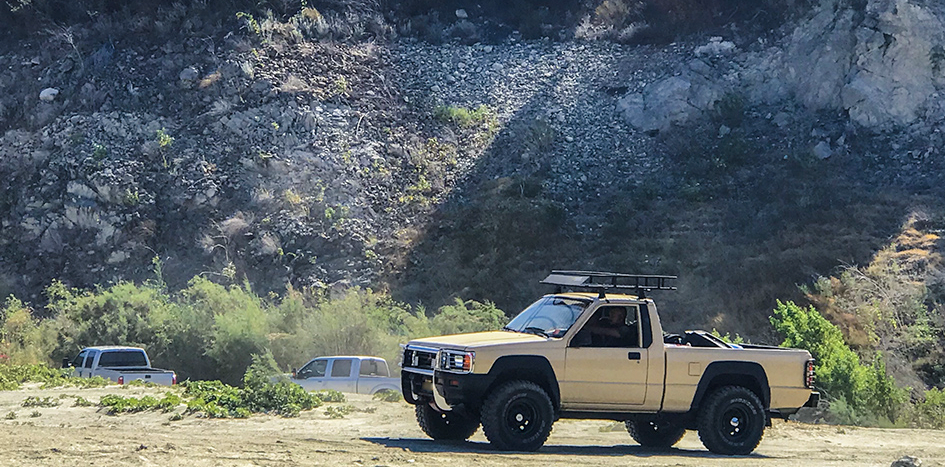
Keywords in Design: The SUV Crossroads
Think ‘wagon style,’ ‘unibody construction,’ and ‘comfort-oriented seating’—these are the hallmarks of today’s highly-sought-after crossover vehicles. Meanwhile, the second-gen Cherokee upheld the off-road prowess not seen in current SUVs, reconciling rugged capability with a unibody architecture that maintained structural integrity and suspension performance.
The Classic American Off-Roader: Form and Function
The Cherokee’s silhouette preserved the distinctive off-road stance—high, agile, and well-proportioned. Its design followed the ’80s penchant for visibility and spaciousness, principles seemingly at odds with today’s trend toward larger but more cramped vehicles.
The Cultural Milestone of Automobile Manufacturing in America
Significant, too, is the Cherokee’s domestic production. As Forrest Gump witnessed history playing table tennis in China, the automotive collaborations of the late ’70s to early ’90s marked milestones in world history. In 1983, Beijing Jeep Corporation emerged as a joint venture, and by 1985, the Cherokee was a testament to China’s opening reforms.
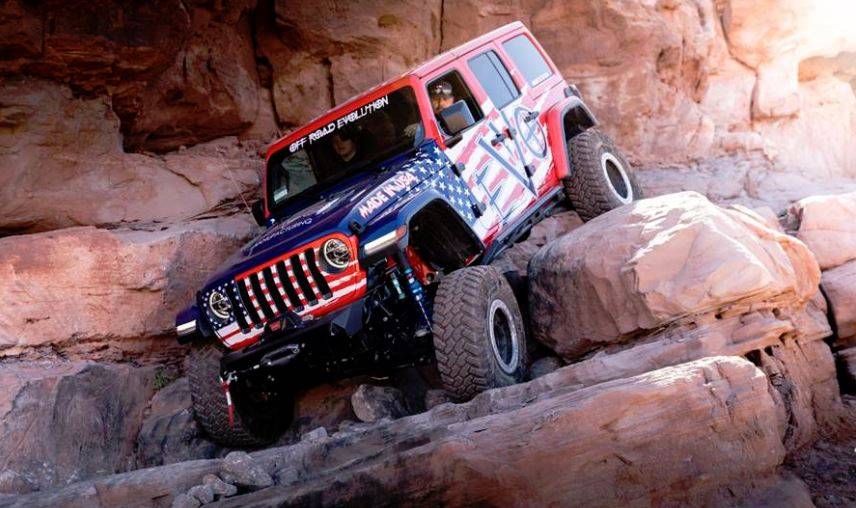
Divergence in American Off-Roading: Carrying Capacity—Body-On-Frame vs. Unibody
American off-roading takes two distinct paths: the traditional body-on-frame and the pioneering unibody. Ford’s significant post-WWII achievement was creating the F-Series pickup, an icon of American life. Following suit, the Ford Bronco marked the fruition of this design philosophy, becoming the emblem of American off-roaders through the ’80s and ’90s.
Ford Bronco’s Legacy and The Soft-top Style
Launched in 1976, the second-gen Ford Bronco distilled the pickup’s structural features into a three-door short-wheelbase off-roader. With a split hardtop front cabin and a soft-top rear, the Bronco embraced a style prevalent among American vehicles in the ’80s and ’90s—not merely for convenience but as a statement of luxury.
The SUV Formative Years: The Cherokee Breakthrough
While the Chevrolet Blazer and Dodge Ramcharger followed similar blueprints, Jeep’s Cherokee broke the mold of pickup-based American off-roaders with its unibody construction and three-door soft-top configuration, shaping the classic American off-roader style that characterized the ’70s to early ’90s.



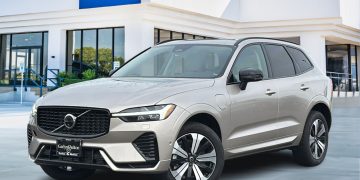
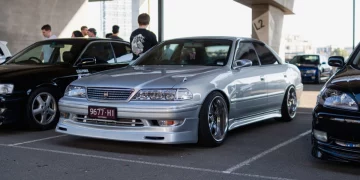

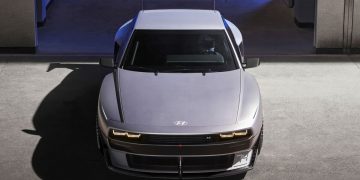

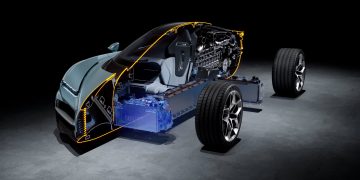





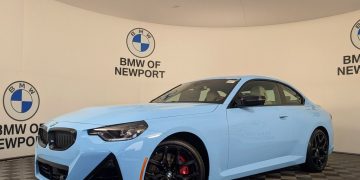



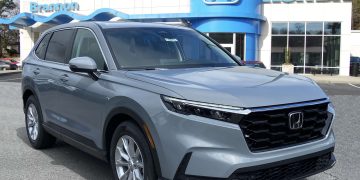


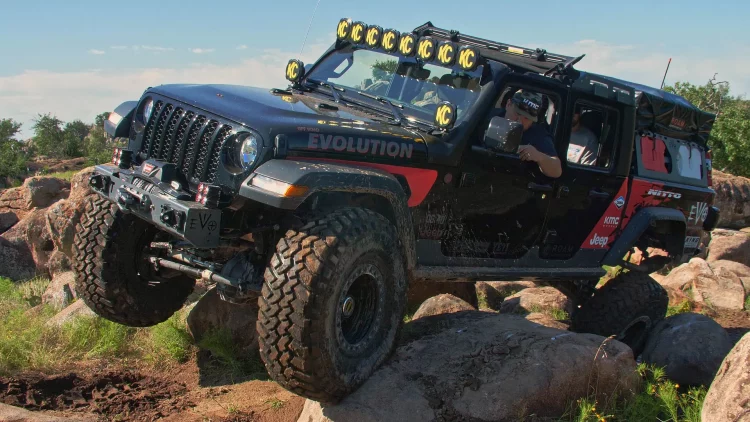












Discussion about this post